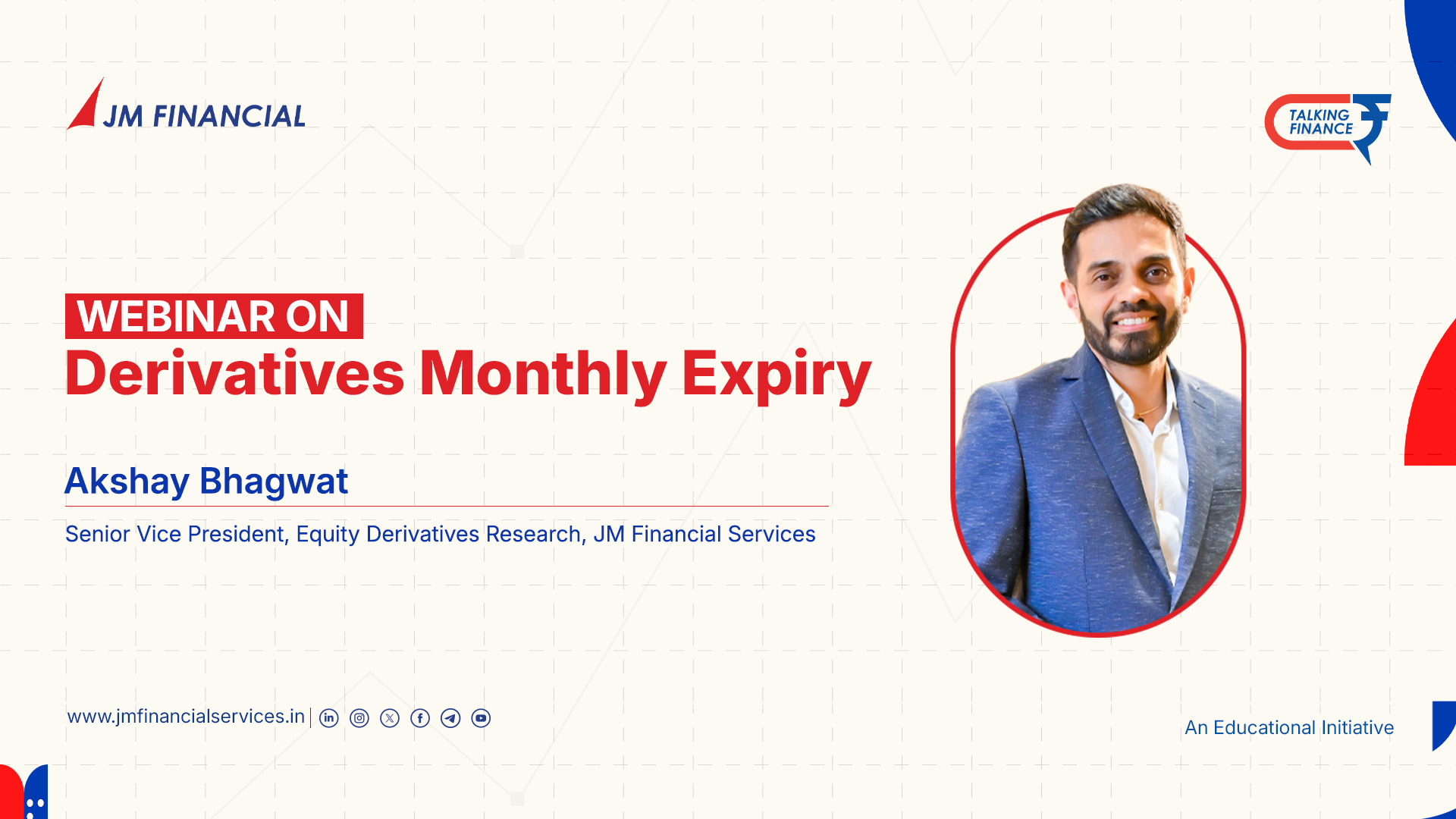What is Volume Weighted Average Price ?
Let’s be honest—financial terms can sometimes sound like another language. Volume Weighted Average Price or VWAP might seem like one of them. But don't worry, it’s actually a helpful tool that, once you understand it, can become a game-changer in your trading journey.
Whether you're just testing the waters of the stock market or already swimming in it, VWAP gives you a smart way to figure out if you’re buying a stock at a fair price.
Let’s break it down I simple terms
🧾 What is VWAP ?
VWAP stands for Volume Weighted Average Price. In simple words, it tells you the average price a stock has traded at during the day—but it also considers how many shares were traded at each price.
It’s like saying: “Here’s the average price people actually cared about today.”
Formula:
VWAP = (Sum of [Price × Volume]) / Total Volume
Don't worry, you don’t have to calculate it manually—your trading platform usually does it for you in real time.
💡 Importance Of VWAP?
✅ 1. It Helps You Spot a Good Deal
If a stock is trading below its VWAP, it might be undervalued for the day. If it's above, it may be overbought. This helps you avoid impulsive trades.
✅ 2. Big Institutions Use VWAP
Mutual funds, pension funds, and even hedge funds use VWAP to measure trade efficiency. If they’re watching it, maybe we should too!
✅ 3. A Guide for Entry and Exit
VWAP often acts as a dynamic support or resistance line. If prices cross above VWAP, it might be a buying signal. If they dip below, some traders might sell.
✅ 4. Removes Market Noise
Instead of watching every tick and panic move, VWAP gives you a smoother view of the market trend.
👨💼 How JM Financial Services Can Help You Use VWAP Wisely
Understanding VWAP is one thing. Using it to improve your investing strategy? That takes expertise.
JM Financial Services has been a trusted partner for investors seeking research-backed strategies, real-time market insights, and portfolio guidance. If you’re serious about smart trading, their experienced team can help you apply tools like VWAP effectively—without needing to decode charts on your own.
Whether you’re trading daily or building long-term wealth, JM Financial Services makes sure you’re not just reacting to the market—you’re reading it smartly.
📊 VWAP vs Average Traded Price (ATP): What's the Difference?
Let’s clear this up. Many confuse VWAP with ATP (Average Traded Price), but there’s a subtle difference.
|
Metric |
VWAP |
ATP |
|
Basis |
Weighted by Volume |
Simple average |
|
Best for |
Institutional trading, real signals |
Retail trading snapshots |
|
More accurate? |
✔️ Yes (for serious traders) |
👌 Okay (for casual users) |
🔁 How to Use VWAP in Your Strategy (Without Going Crazy)
- Intraday Traders: Use VWAP to time entries and exits. Buy below, sell above.
- Investors: Use VWAP to confirm buying decisions alongside fundamentals.
- Beginners: Don’t rely on VWAP alone. Pair it with indicators like RSI or MACD.
- Final Thoughts :-
-
VWAP isn't just another technical term—it's like a compass for your trades. It tells you whether you're sailing with the tide or against it.
By understanding VWAP, you’re not just guessing. You’re adding structure to your decisions. And when you combine that with expert support from JM Financial Services, you’re trading smarter, not harder.
FAQs :-
Q1: Is VWAP useful for long-term investing?
A: VWAP is mainly used for intraday and short-term trading, but long-term investors can use it to identify entry points.
Q2: How often is VWAP updated?
A: It updates in real-time throughout the trading session.
Q3: Can VWAP be wrong?
A: VWAP is a tool, not a guarantee. It works best when combined with other indicators and market analysis.
Q4: Is VWAP better than Moving Averages?
A: VWAP is volume-weighted and more accurate intraday. Moving averages are better for longer trends.
Q5: Where can I see VWAP on my screen?
A: Consult with JM Financial Services for a guided approach.
- PAN Card
- Cancelled Cheque
- Latest 6 month Bank Statement (Only for Derivatives Trading)





